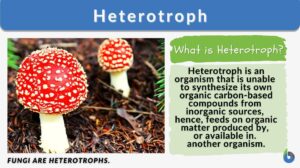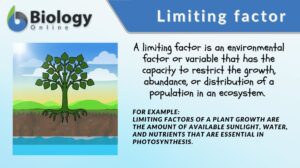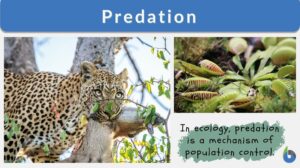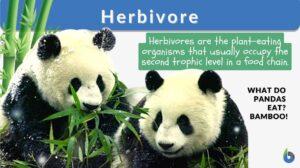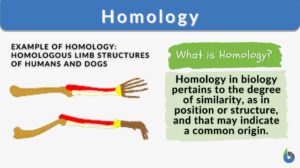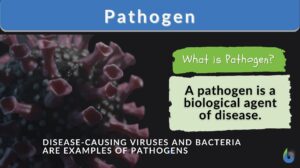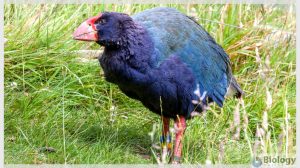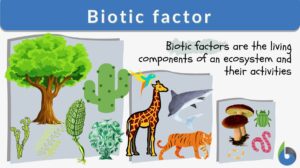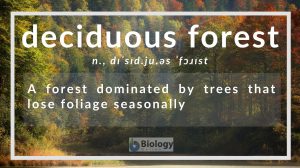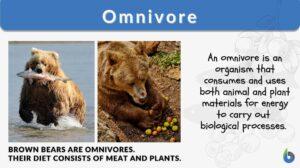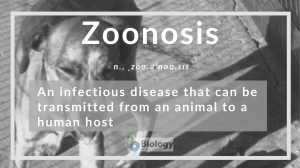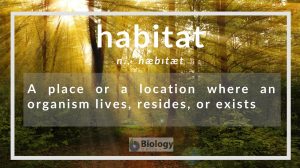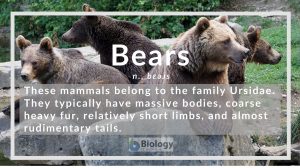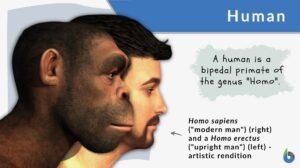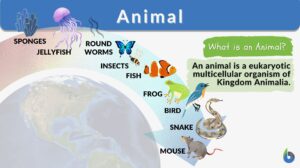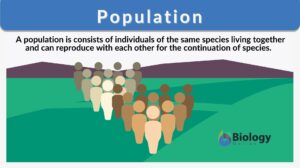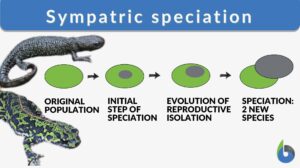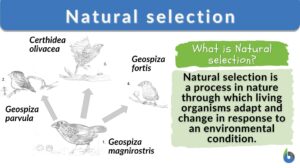Search Results for: deer
Heterotroph
Heterotroph Definition What is a heterotroph? Does a heterotroph make its own food? In biology and ecology, a heterotroph... Read More
Limiting factor
Limiting Factor Definition A limiting factor refers to any of the factors (variables) in an environment capable of limiting... Read More
Takahē (Porphyrio hochstetteri)
By: Maria Victoria Gonzaga Previously, we've seen the different animals endemic to New Zealand. Due to the... Read More
Biotic factor
Biotic Factor Definition A biotic factor is the living component in an ecosystem. The term "biotic" means "of or related... Read More
Gallbladder
Definition noun A small, pear-shaped, muscular, hollow organ responsible for storing bile, and for creating insulin in the... Read More
Deciduous forest
Deciduous Forest Definition A deciduous forest is a type of forest dominated by trees that lose their foliage at the end of... Read More
Intraspecific competition
Definition noun (ecology) A form of competition between members of the same species Supplement In biology, competition... Read More
Interference competition
Definition noun (ecology) A form of competition wherein organisms directly vie for resources, such as by... Read More
Moraxella bovis
Definition Noun A gram-negative non-motile coccobacillus and highly opportunistic aerobic bacterium involved in Bovine... Read More
Binomial nomenclature
Binomial Nomenclature Definition Binomial nomenclature is a binomial system of naming a species. A binomial name is... Read More
Anatolian leopard
The Anatolian leopard (Panthera pardus tulliana) was once described as a distinct subspecies of leopard native to Anatolia... Read More
Population
Living organisms typically prefer to live, grow, and survive in groups. Except for some species that prefer solitude - both... Read More
Sympatric speciation
Speciation is a process of evolution through which two different existing populations evolve and a distinct species form. It... Read More
Natural selection
Natural Selection Definition What is natural selection in biology? Natural selection is defined as a process in nature... Read More
Humans are Omnivores – Evidence
A number of popular myths about vegetarianism sprung with no scientific basis. One example of such a myth is that man is... Read More
Carbohydrate
Carbohydrate Definition A biomolecule refers to any molecule that is produced by living organisms. As such, most of them... Read More
